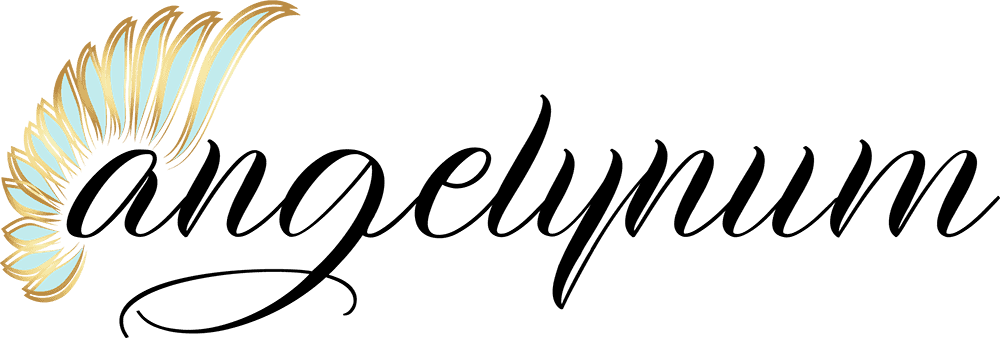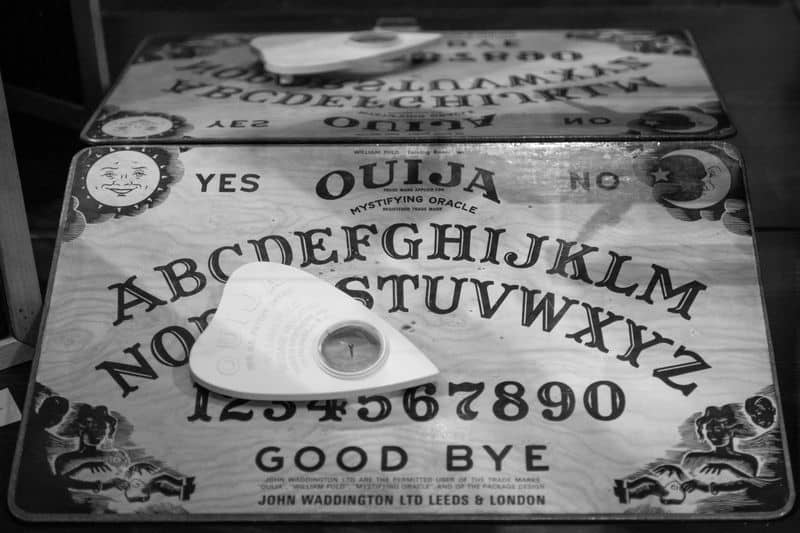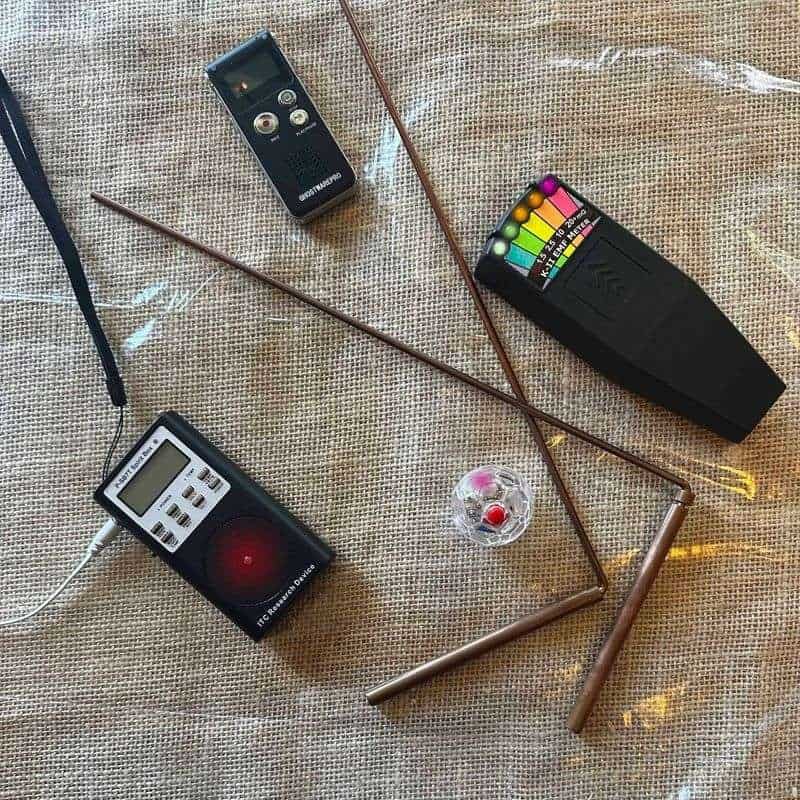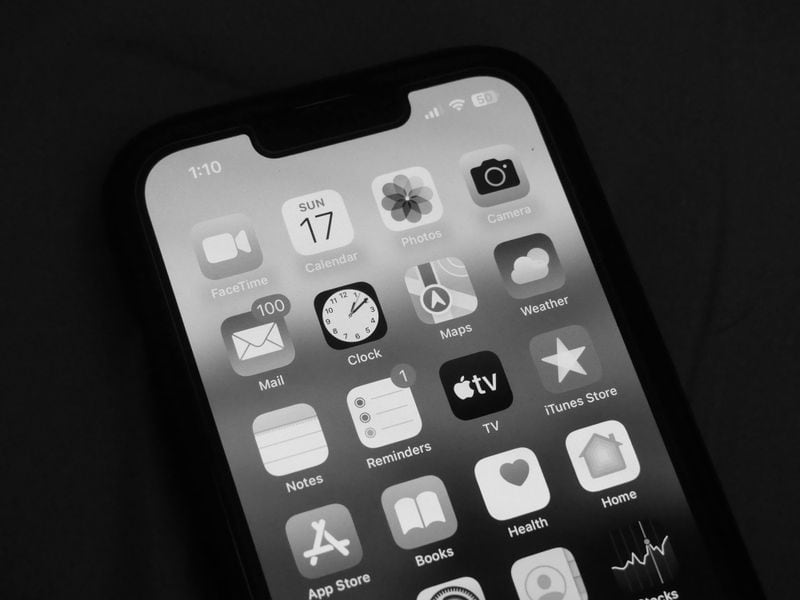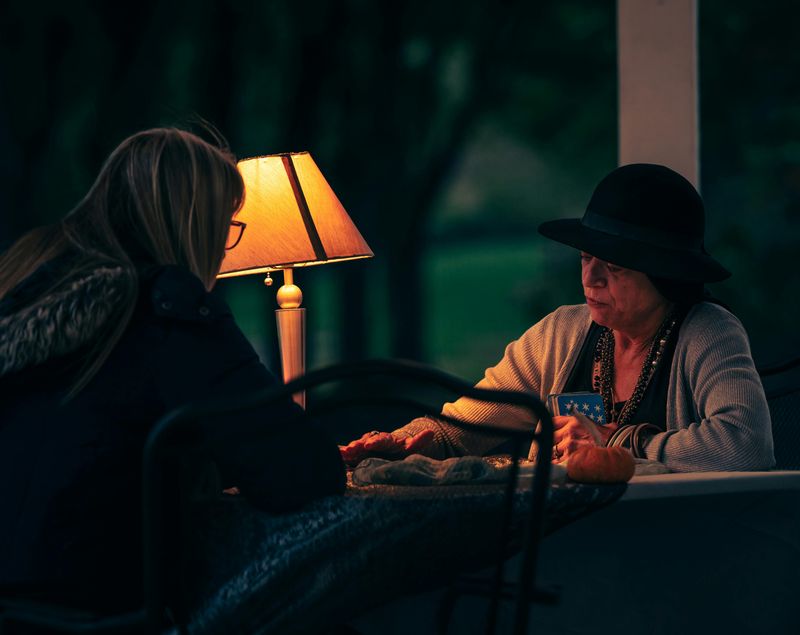Throughout history, humans have sought ways to bridge the gap between our world and the spirit realm.
The desire to connect with those who have passed on seems almost universal, crossing cultural boundaries and spanning centuries.
From ancient rituals to modern technology, people have developed fascinating methods to reach beyond the veil and communicate with ghosts.
1. Séances: The Spirit Circle
Gathering in darkened rooms, participants join hands around a table, creating a circle of energy. The practice became wildly popular during the Victorian era when spiritualism swept through Europe and America. A medium typically leads the ceremony, serving as a channel between the living and the dead.
Participants might experience cold spots, strange noises, or objects moving as spirits make their presence known. The atmosphere is deliberately mysterious – candles flicker, incense burns, and silence hangs heavy until communication begins.
Many modern séances incorporate elements from different traditions, but the core remains unchanged: creating a safe, receptive space where the veil between worlds thins enough for messages to pass through.
2. Electronic Voice Phenomena (EVP): Voices from the Static
Strange whispers emerge from radio static and white noise. EVP practitioners use recording devices to capture voices imperceptible to the human ear during recording sessions. This modern ghost hunting technique gained popularity in the 1950s when Friedrich Jürgenson accidentally recorded what he believed were his deceased relatives’ voices while taping bird calls.
Ghost hunters often ask questions followed by periods of silence, hoping to capture responses during playback. The recordings typically contain whispers, fragments of speech, or unexplained sounds that weren’t audible during the session.
While skeptics attribute these phenomena to radio interference, pattern recognition, or technical glitches, EVP remains a cornerstone of paranormal investigation, featured prominently in ghost hunting television shows and documentaries.
3. Automatic Writing: Letting Spirits Guide Your Hand
Your hand moves across paper without conscious direction, producing messages supposedly dictated by spirits. Dating back to ancient China and practiced extensively by spiritualists in the 19th century, automatic writing requires entering a trance-like state where spirits can guide your movements.
Famous practitioners include poet W.B. Yeats and physician Arthur Conan Doyle, who both believed spirits communicated through their hands. The writings often appear different from the medium’s normal handwriting – sometimes featuring unfamiliar languages or archaic expressions.
Modern psychologists suggest the phenomenon stems from dissociative states where subconscious thoughts emerge. Regardless of explanation, the practice continues today among those seeking guidance from ancestors or famous historical figures who’ve crossed over.
4. Ouija Boards: Spelling with Spirits
Marketed first as a parlor game in 1890, these mysterious boards feature letters, numbers, and simple words. Users place their fingertips on a heart-shaped planchette that seemingly moves of its own accord, spelling out messages from beyond.
The board’s origins trace back to ancient divination practices, but it was American businessman Elijah Bond who patented and commercialized it. Despite warnings from religious groups about opening doorways to malevolent entities, Ouija boards remain popular at sleepovers and paranormal investigations.
Scientists suggest the planchette moves through the ideomotor effect – subtle, unconscious muscle movements – but believers maintain that genuine spirit communication occurs when the right conditions align.
5. Pendulum Dowsing: Swinging Between Worlds
A simple crystal or weight suspended from a chain swings in response to spiritual energies. Ancient in origin, pendulum dowsing was originally used to locate water, metals, and lost objects before being adapted for spirit communication.
The user typically holds the pendulum still while establishing a baseline – defining which movements mean “yes,” “no,” or “maybe.” Questions directed to spirits are answered through the pendulum’s movements, which believers say are influenced by subtle energy shifts rather than conscious manipulation.
King Solomon reportedly used pendulums for divine guidance, while modern practitioners create elaborate charts with letters and symbols to receive more complex messages. The pendulum’s accessibility makes it one of the most widely practiced forms of spirit communication worldwide.
6. Scrying: Visions in Reflective Surfaces
Gazing intently into mirrors, crystal balls, or water surfaces until visions appear has been practiced since ancient times. The word “scrying” comes from the Old English word “descry” meaning “to reveal.” Nostradamus reportedly used a bowl of water for his famous prophecies.
The reflective surface serves as a focal point, helping the scryer enter an altered state of consciousness where spirit communication becomes possible. Images may appear like movies playing out on the surface, or impressions might form directly in the scryer’s mind.
Cultures worldwide have their own variations – black mirrors in medieval Europe, obsidian in Mesoamerica, and oil lamps in ancient Greece. Modern scrying often incorporates elements of meditation and visualization to enhance receptivity to messages from the other side.
7. Spirit Boxes: Scanning the Airwaves for Ghosts
Radio frequencies scan rapidly, creating white noise that spirits supposedly manipulate into words and phrases. These modern devices, popular among ghost hunters since the early 2000s, scan AM/FM bands at high speeds, creating a sound bank from which entities can allegedly form coherent responses.
Users ask questions aloud, then listen for answers emerging from the chaotic noise. The theory suggests that spirits can manipulate electromagnetic energy to select specific radio snippets or directly affect the device’s circuitry.
Ghost hunting shows frequently feature spirit boxes during investigations of haunted locations. While critics argue responses are simply pareidolia – finding patterns in random noise – believers point to contextually relevant answers and information that couldn’t be known to investigators as evidence of genuine communication.
8. Dowsing Rods: The Crossing of Metal and Spirit
Two L-shaped metal rods, traditionally made of copper, rotate in response to questions asked of the spirit world. Originally used to locate underground water sources, these simple tools have been repurposed by ghost hunters who believe spirits can manipulate the rods to indicate their presence.
Held loosely in each hand, the rods may cross to indicate “yes” or swing apart for “no.” Some investigators create elaborate setups with the rods pointing to letters or words, similar to a Ouija board but with greater visibility during group investigations.
The method’s simplicity makes it accessible to beginners, while its visual nature creates compelling moments during paranormal investigations. Archaeological evidence suggests similar tools have been used for divination purposes across cultures for thousands of years.
9. Digital Spirit Communication: Apps and Algorithms
Smartphone apps claim to detect and translate spirit presence through device sensors. These modern tools represent the intersection of ancient spiritual practices and cutting-edge technology. Some apps generate word banks that spirits supposedly manipulate, while others use the device’s electromagnetic sensors to detect anomalies.
The controversial “ghost radar” applications use color-coded blips to indicate potential spirit activity, occasionally producing words claimed to come from the other side. Critics argue these apps merely generate random outputs, creating illusions of communication through clever programming.
Despite skepticism, digital spirit communication continues gaining popularity, especially among younger generations comfortable with technology. Some paranormal investigators combine these tools with traditional methods, creating a hybrid approach to ghost hunting that bridges centuries of spiritual practices.
10. Mediumship: Human Channels for Spirit Voices
Individuals with claimed psychic abilities serve as living conduits for messages from the deceased. Unlike tools or devices, mediums offer direct communication, often describing themselves as “translators” for spirits who cannot physically manifest.
Mediumship appears in nearly every culture throughout history – from ancient shamans to modern celebrity psychics. Some mediums experience full trance states where their consciousness steps aside, allowing spirits to speak directly through them, while others receive impressions, images, or emotions they interpret for clients.
The Fox Sisters sparked America’s spiritualism movement in 1848 with their claimed ability to communicate with spirits through knocking sounds. Though later discredited, they inspired generations of mediums who continue the tradition of bridging the gap between the living and those who have passed.
